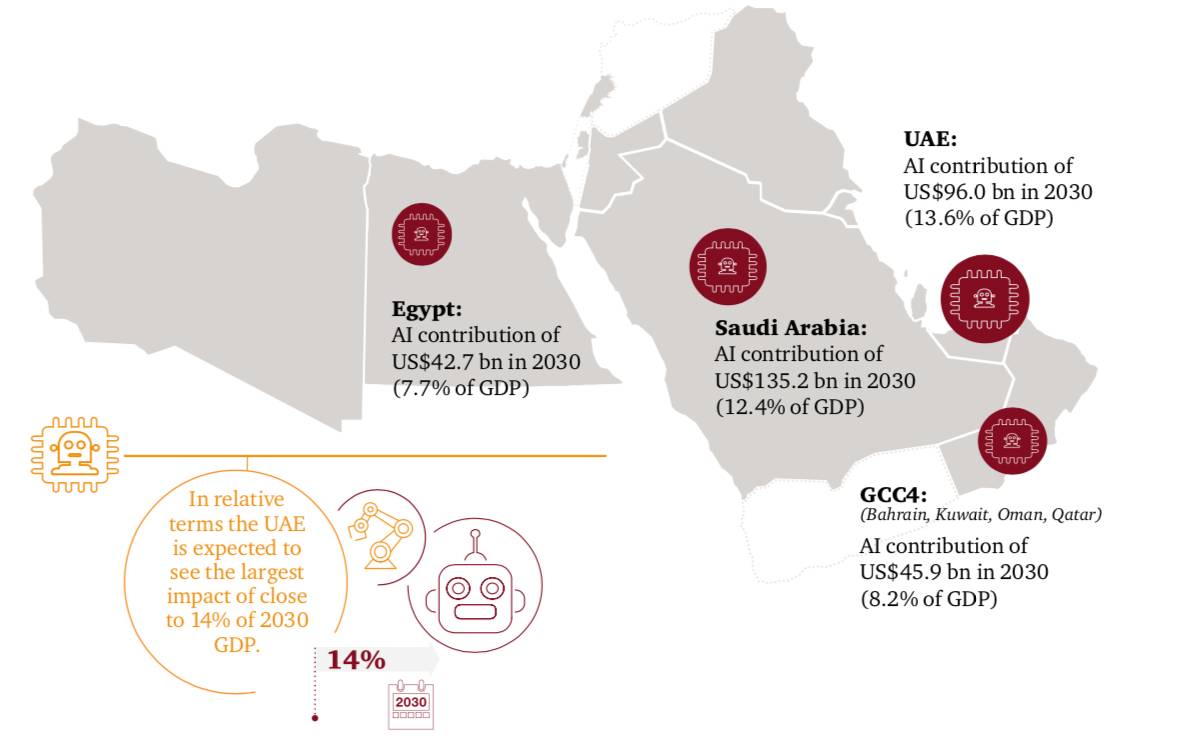
Vision 2030, launched in 2016, has been the backbone of this transformation. Under this framework, the Saudi government is reducing its dependence on hydrocarbons, positioning non-oil sectors such as tourism, financial services, and renewable energy as primary drivers of the Kingdom’s future growth. Economic analysts expect that by 2030, the non-oil share of GDP will further expand, with some estimates suggesting it could exceed 60%.
As the world's largest oil exporter, Saudi Arabia's strategy aims to achieve sustainable economic growth that is less vulnerable to fluctuations in oil prices. The Saudi government’s investment in key infrastructure projects like the futuristic NEOM city and the Red Sea tourism project has been at the forefront of this initiative. These projects not only aim to create employment opportunities but also seek to attract global investors, making Saudi Arabia a major hub for global trade, tourism, and investment by the next decade.
S&P Global noted that the ongoing reforms in Saudi Arabia’s legal and financial systems are crucial to creating a more business-friendly environment. A streamlined regulatory framework is making it easier for foreign and local businesses to operate, which is reflected in Saudi Arabia’s improved rankings in the World Bank’s Ease of Doing Business Index. Financial services, in particular, are expected to see a significant boost, with the Saudi Stock Exchange (Tadawul) witnessing heightened investor activity as more companies go public, spurred by favorable market conditions and increasing investor confidence in the Kingdom's long-term economic prospects.
Key sectors contributing to the non-oil surge include real estate, healthcare, and manufacturing. With billions of dollars invested in construction and infrastructure, Saudi Arabia's construction sector is flourishing, supported by mega-projects like NEOM and the King Abdullah Economic City. Simultaneously, the country’s healthcare sector is witnessing rapid expansion, in line with government plans to provide comprehensive healthcare services to its growing population. Manufacturing, too, is playing an important role in Saudi Arabia’s economic transformation, with industries such as petrochemicals and food processing experiencing steady growth.
Saudi Arabia's tourism sector has been a standout performer in the non-oil domain, boosted by the opening of its borders to international tourists and the development of cultural and historical sites. The country's aim is to attract 100 million visitors annually by 2030, making tourism a key pillar of its economy. Through initiatives like the Saudi Seasons and the Red Sea project, the government is promoting the Kingdom as a world-class destination for leisure and business travel.
Renewable energy is another critical area of focus. Saudi Arabia, which has historically relied on oil for its energy needs, is now making strides to harness solar and wind power. The launch of the Sakaka solar power plant and the Dumat Al-Jandal wind farm are testaments to the country’s commitment to renewable energy. By 2030, Saudi Arabia aims to generate 50% of its energy from renewable sources, reducing its domestic oil consumption and cutting carbon emissions.
Economic analysts suggest that the diversification strategy is already paying off. In 2023, non-oil sectors played a significant role in lifting Saudi Arabia's GDP, contributing approximately half of the total growth. With oil prices remaining volatile, Saudi Arabia’s growing reliance on non-oil sectors provides a buffer against potential downturns in the global oil market. This shift not only enhances economic resilience but also positions the Kingdom as a leader in several emerging sectors.
Topics
Spotlight
